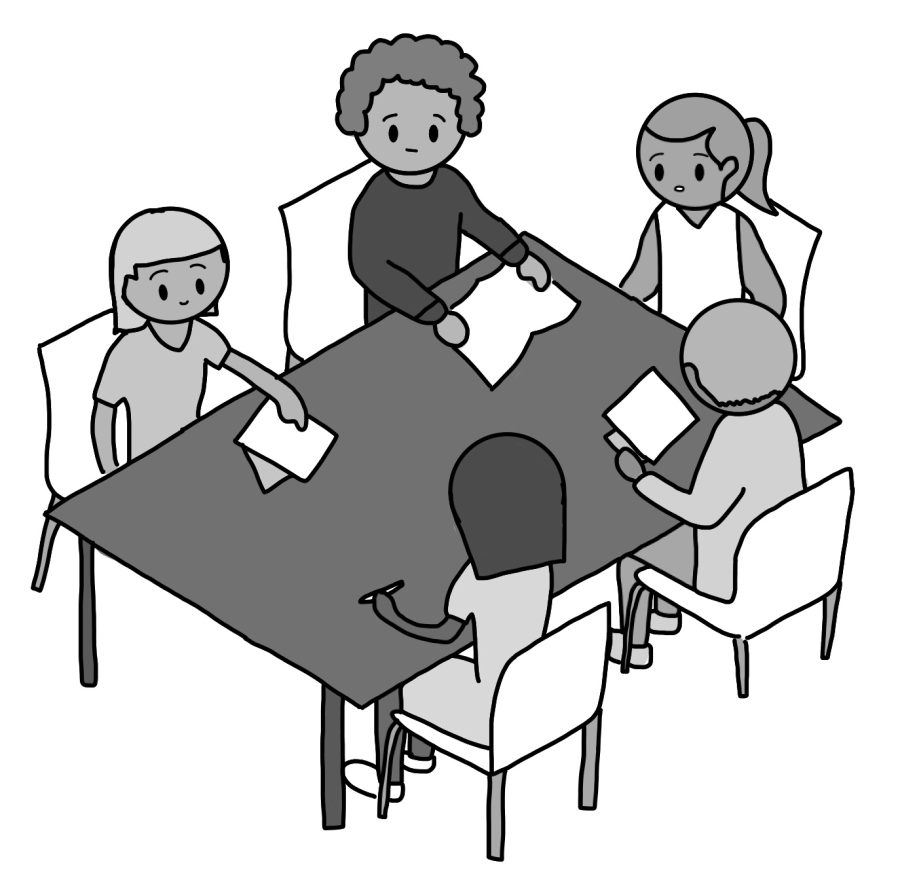CAMPUS: Teachers implement a variety of seating arrangements within classes to optimize student success
Many teachers at SCHS curate specific seating arrangements in their classrooms, and often change students’ seats to allow healthy socialization and prevent distracting interactions between students.
Multiple teachers, such as English teacher Courtney Hayes, have various methods of arranging seating charts, whether it is in groups, in rows or in a way that is beneficial for a specific class.
“In general, my seats are in groups because we do a lot of group collaboration,” Hayes said.
Hayes provides her students with a Google Form to determine their seating preferences. After they fill out the form, she is able to choose seats for her students.
“I do a Google Form preference sheet where students tell me who they’d like to work with, a successful partner or potentially an unsuccessful partner,” Hayes said. “If they are sitting next to their best friend, is that going to be a successful situation for them, or are they going to get distracted?”
Social studies teacher Hao Pham provided his reasoning behind his first semester seating charts and explained that it helped with contract tracing in the event of a positive COVID-19 case.
“There are two reasons. One is to make sure that if someone does have COVID related stuff, the office can come in to look at the seating chart and make sure they know who sat where so that they can do their contact tracing. The other reason is it gives flexibility for kids to meet other kids,” Pham said. “Everything is documented and laid out so we know exactly who sat where. If someone was in close contact with somebody (who is COVID-19 positive) then we know exactly where that took place.”
Pham shared that his seating arrangement has proven to be efficient, as his system has changed very little since the start of the year.
“Seating is changed based on the will of the students. We allow them the opportunity to change if they want to change,” Pham said. “But when we did do our seating arrangement, I would say 20 percent of the kids did change. Most of them remained where they were.”
According to Pham, seating arrangements often play a role in the success of his students.
“It’s up to the kids. Some of them are successful because they are next to their buddies, and some of them are kind of neutral,” Pham said.
Senior Daniel Hancock shared that he enjoys his teachers’ ways of arranging seating, and that he prefers a seating arrangement that is more open instead of assigned.
“Honestly, I wouldn’t change anything. I’m cool with the way they are,” Hancock said. “I prefer open seating because I like to choose where I sit.”
Pham shared what he believes the potential benefits of arranged seating are and explained how seating establishments can allow for increased collaboration and coaction.
“More synergy, the whole idea that three brains are better than one brain, especially in group seating,” Pham said. “More teamwork and more team synergy, more connection, more social interaction.”


